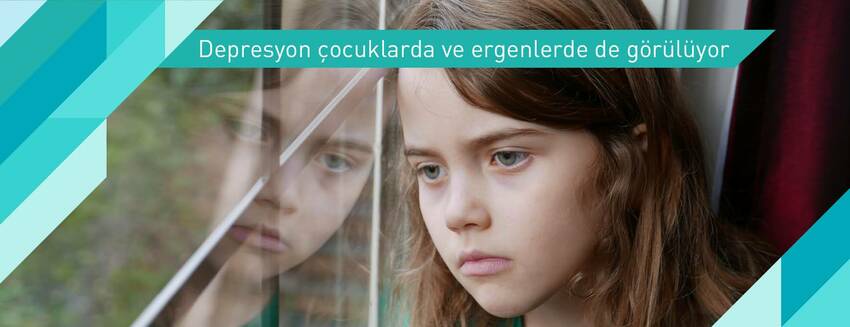Contents
Üsküdar University NP Feneryolu Medical Center Child and Adolescent Mental Health and Diseases Specialist Assoc. Prof. Dr. Başak Ayık said that depression is one of the most common mental problems in adolescence.
Half of them do not receive treatment support
Giving important information about depression in children and adolescents, Asst. Assoc. Prof. Dr. Başak Ayık said, "Mental disorders in children and adolescents have increased in recent years, but it is known that about half of children and adolescents with mental problems or illness do not receive treatment support. One of the most common mental problems in adolescence is depression."
It is seen in 5% of adolescents
Emphasizing that depression, which can also be seen in childhood, is difficult to diagnose as it progresses with different symptoms in these periods, Asst. Assoc. Prof. Başak Ayık said: "Both the misconceptions that depression does not exist at this age and the difficulties in diagnosis lead these children and young people to try to cope with such an important illness on their own without treatment support. Unfortunately, severe depression can lead to risky consequences such as suicide.
It is more common in girls in adolescence
While the prevalence of depression in preschool children is 1%, this rate is reported to be 2% in school children and approximately 5% in adolescents. While it is seen at approximately equal rates in boys and girls until adolescence, after adolescence, it starts to be seen 3 to 4 times more in girls than boys."
Attention to unhappiness and sleep disturbance
Stating that the symptoms of depression may vary, Asst. Assoc. Prof. Dr. Başak Ayık said, "Although the symptoms of depression vary according to the age, gender, education level and cultural characteristics of the child and adolescent, it is a condition that usually manifests itself with unhappiness, loss of interest in favorite activities, inability to enjoy daily activities and nothing, restlessness, irritability, irritability, attention and concentration problems, sleep disturbance, fatigue, weakness, changes in appetite, feelings of guilt and worthlessness, negative thoughts. Unfortunately, thoughts of death and suicide attempts are also seen in prolonged or severe depressions."
20-40% may turn into Bipolar Disorder in adulthood
Stating that a significant portion of the depressions seen in childhood and adolescence can turn into Bipolar Disorder in adulthood, Assoc. Prof. Dr. Başak Ayık said the following
"As a result of scientific studies conducted in recent years, it has been determined that approximately 20-40% of the depressions seen in childhood and adolescence, which is a very important issue, turn into Bipolar Disorder in adulthood. One of the conditions that increase the risk in this regard is the presence of Bipolar Disorder in the family.
Bipolar disorder is a lifelong mental disorder with episodic characteristics. The disease is generally characterized by episodic periods of mood elevation called "mania" and mood depression called "depression". Some people with the disorder may only experience episodes of depression.
Mood swings occur in spring
Periodicity, which is seen especially in patients with bipolar depression, means that the symptoms of the disease resurface in some periods and need treatment, and it is a condition that can also be seen in child and adolescent depression. It is a known fact that there are personal differences in terms of periodicity (each individual's periods show a unique course), but especially in the spring months, with the effect of changes in sleep and daily routine, it causes fluctuations in mood and recurrence of disease symptoms."
Intervention in childhood is important
Stating that many mental illnesses start in childhood and emphasizing the importance of early intervention, Asst. Assoc. Prof. Dr. Başak Ayık concluded her words as follows
"In the past years, it was thought that depression and Bipolar Disorder were not seen in children and adolescents, but in recent years in the scientific world, it is known that many of the mental disorders seen in adult life begin in childhood and adolescence and individuals who are treated correctly at the appropriate time are less exposed to the negative effects of diseases and their quality of life increases." Treatment and interventions in this period are very important in order to stop the chronic negative effects of depression on the neurochemical balance of the brain, to reduce its negative effects in daily life, to prevent the development of treatment-resistant depression, to reduce suicide attempts and depression-related mortality rates. Keeping in mind that children and adolescents with suspected depression may show different symptoms than adults, they should be evaluated by Child and Adolescent psychiatrists who are experts in the field for accurate diagnosis and treatment."

